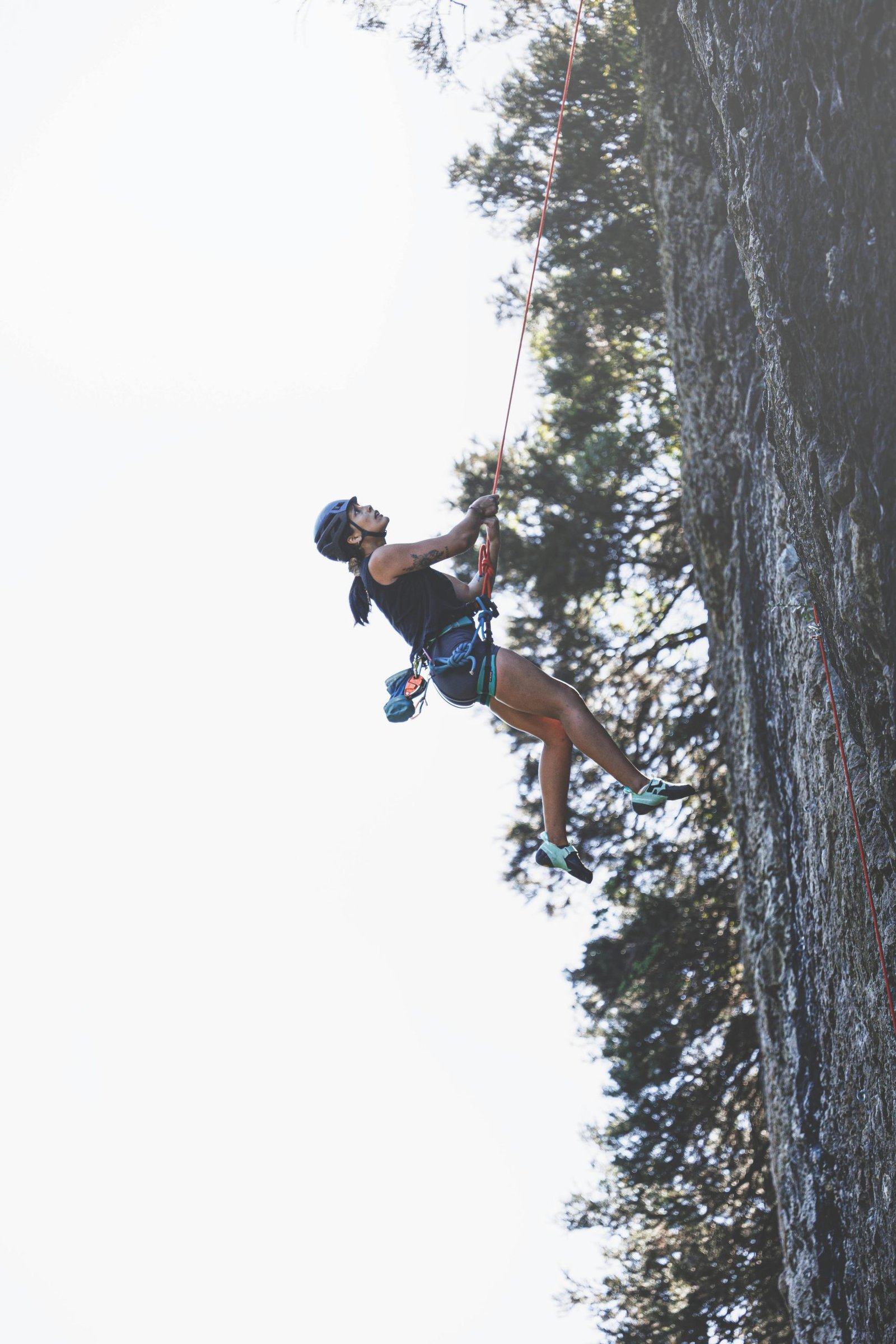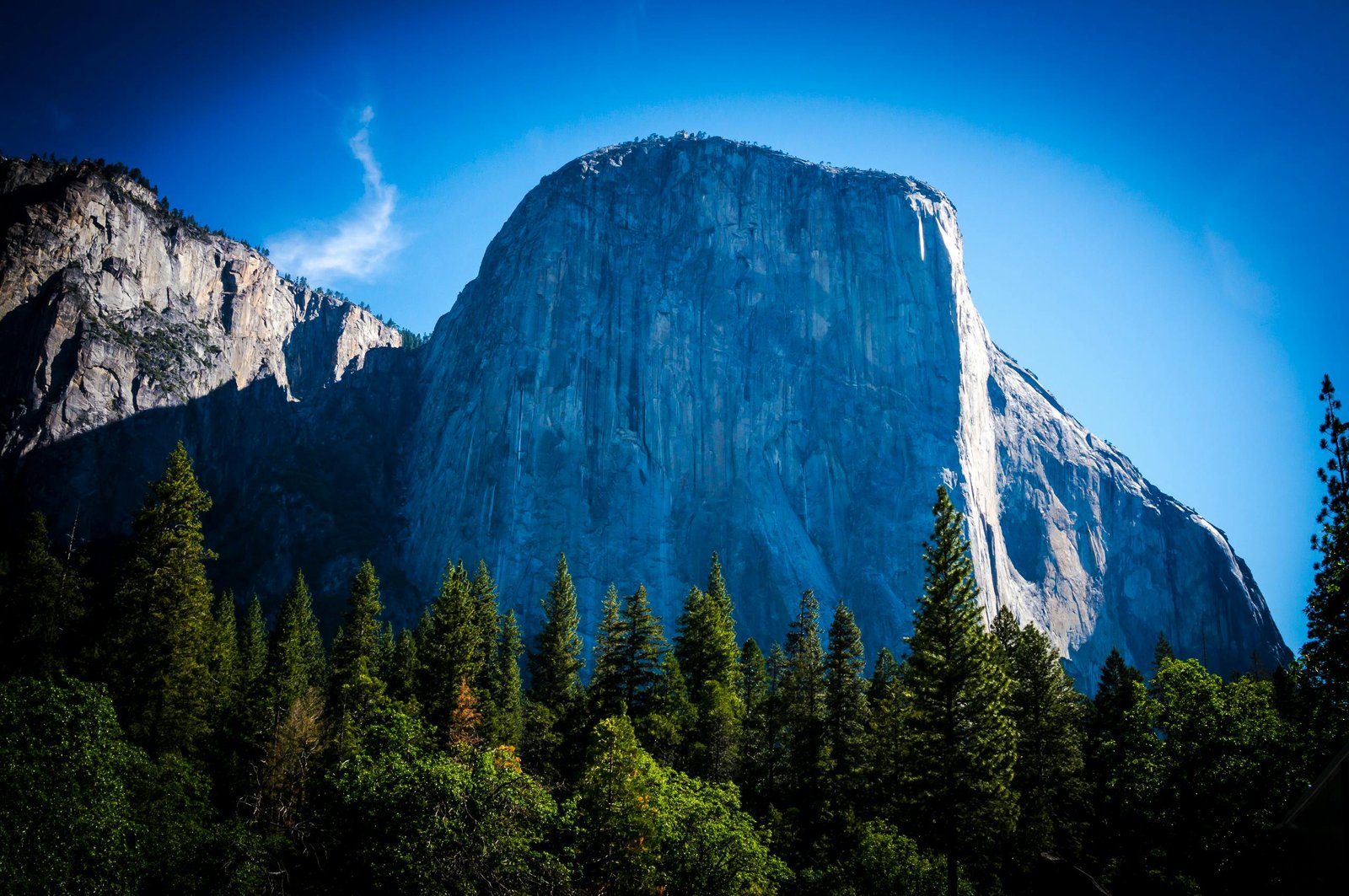This Content Is Only For Subscribers
The granite face of El Capitan towered over Ben and Lisa, who had been climbing for nearly 16 hours, battling exhaustion, cold, and pain in their fingers.
Lisa was in the back, searching for a crack in the rock to place the next cam. Up there, Ben braced himself, locking in his protection.
Suddenly, her foot slipped.
Ben barely had time to react before Lisa slipped. The rope tugged. The force yanked him downward, his shoulders slamming into the rock. Lisa dangled 30 feet below her last belay, dangling in the air.

“Lisa! Are you OK?”
Silence. Then—a faint laugh.
“Still.”
She climbed again, shaking but determined. Near dusk, they reached the summit and collapsed on the top, gazing at the vast expanse of Yosemite Valley below.
This climb had pushed them past exhaustion and fear and into a completely different place.

(Note: El Capitan’s big-wall climbs push climbers to their limits. The National Park Service reports an average of 30 rescues per year at El Capitan. Experience and proper safety systems are non-negotiable.)



